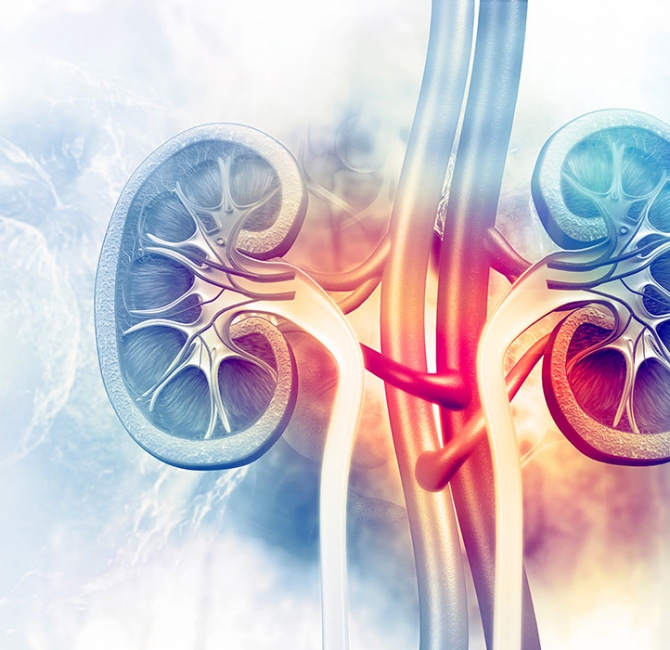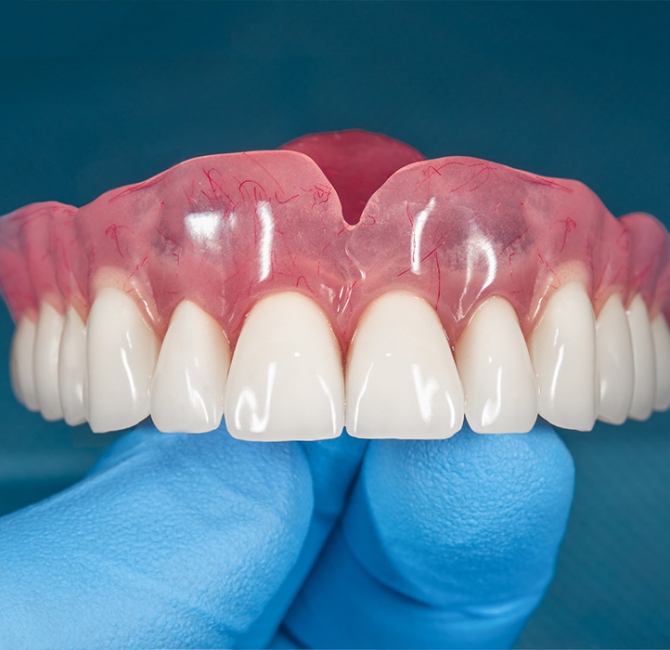Focusing on a correlation between oral health and vaping, a recent study published on Wiley – Clinical and Experimental Dental Research, showed electronic cigarette (e-cigarette) exposure-mediated carbonyl stress leads to increased levels of prostaglandin-E2 and cyclooxygenase-2 in human gingival epithelium compared to control. Several studies analyzed the impact of vaping on periodontal parameters and found increased levels of plaque index, pocket depth, clinical attachment loss, and marginal bone loss in vaping groups compared to non-smokers.
Abstract
Background and objective: While tobacco cigarette smoking has been proven to be a risk factor for periodontitis, limited information is available regarding vaping, a newer alternative to smoking that has been branded as less harmful. Several important in vitro studies have shown that vaping has a similarly damaging effect as cigarette smoking on the health of the periodontium. A comprehensive review was lacking in this field. The aim of the study authors was to systematically review the literature about the impact of vaping on periodontitis.
Methods: The research question was created using the PICOs format. A systematic search of the following electronic databases was performed up to March 2020: Medline, Embase, PubMed, Cochrane, and grey literature. Human studies that assessed periodontal status (plaque index, bleeding on probing, clinical attachment loss, marginal bone loss, and probing depth) in e-cigarette users compared to non-smokers (control group) were assessed based on an estimate of fixed effects. The weights of the studies were calculated based on their risks of bias.
Results: After duplicates were removed, 1,659 studies were screened and 8 case–control studies that investigated the relationship between vaping and periodontal parameters in humans were selected after their risk of bias assessment. Estimated effects of vaping after weighting results based on their standard deviation showed increased plaque, marginal bone loss, clinical attachment loss, pocket depth, and reduced bleeding on probing.
Conclusion: This study concluded there is not enough evidence to fully characterize the impacts of vaping on periodontitis. However, within the limitations of the review and the selected included studies, the available results point to increased destruction of the periodontium leading to the development of the disease.
Show CommentsClose Comments



